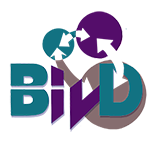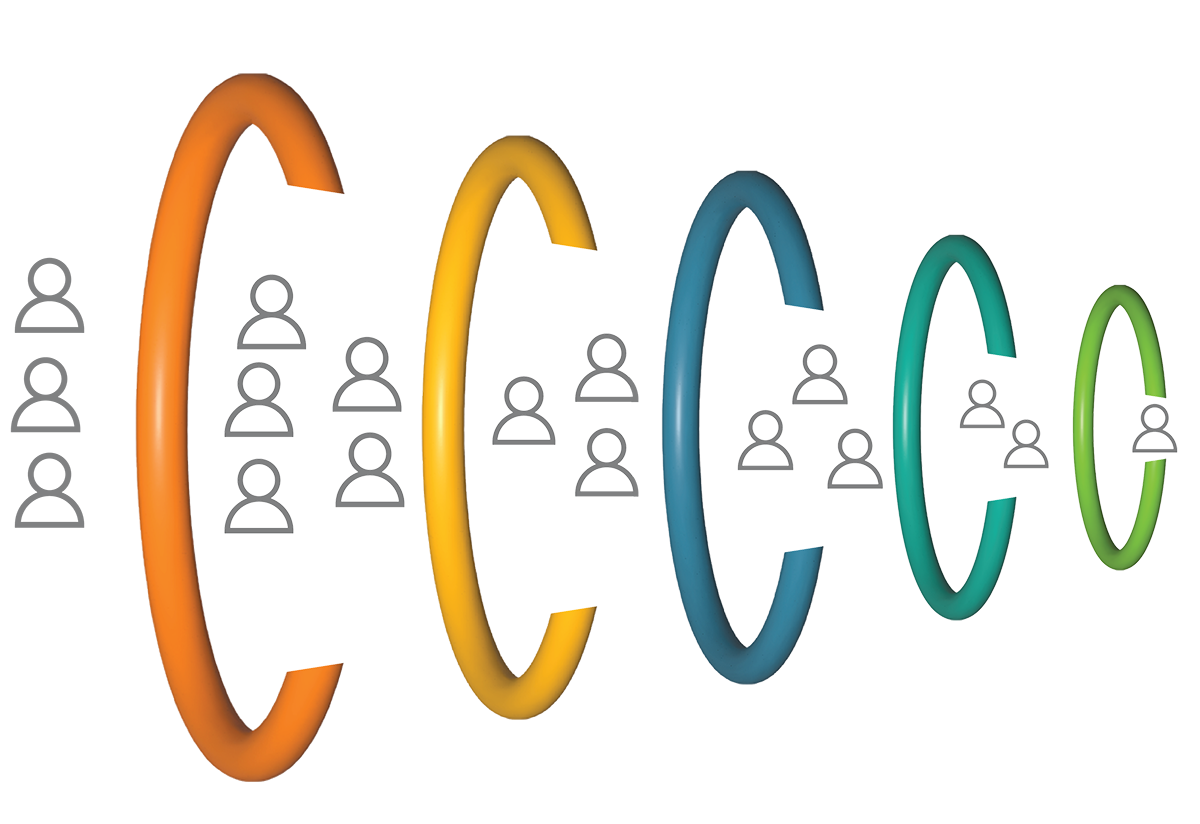The Secret to Seeing What Really Happens in Your Sales Pipeline
August 4, 2025
Funnels let you measure reality—not assumptions
If you’re using HubSpot to grow your business, understanding your funnels isn’t just a nice-to-have—it’s how you turn guesswork into insight. Whether you’re in sales, marketing, or service, funnel reports help you see how people are actually moving through your process… or where they’re quietly dropping off.
What Is a Funnel Report?
A funnel report shows the step-by-step journey someone takes—like going from a cold lead to a paying customer. Think of it as a trail map. It tells you:
-
How many people started at the top of the trail (e.g., new leads)
-
How many moved forward (e.g., booked a meeting, got a proposal)
-
And how many made it to the end (e.g., signed on the dotted line)
Each step (called a stage) gives you a snapshot of conversion. If 100 leads came in and 10 became customers, your funnel helps you figure out where the other 90 fell off—and why.
Why Funnels Matter to Your Business
Funnels help you answer crucial questions like:
-
Are we generating quality leads?
If 500 people enter the top of your funnel but only 3 make it to “Sales Qualified,” your lead gen may need some tuning. -
Where are we losing momentum?
Is your sales team sending quotes but not closing? A funnel can show you if deals are getting stuck in “Proposal Sent.” -
How efficient is our process?
If most leads take 2 weeks to go from demo to close, but some linger for months, that insight can spark new processes or training.
Funnels let you measure reality—not assumptions. And that makes your reporting much more useful.
What You Can Learn From Funnel Reports (With a Real-World Example)
Some of the most valuable takeaways from funnel reports include:
-
Conversion rates between stages (e.g., 40% of MQLs became SQLs)
-
Total volume at each stage (e.g., 120 leads became 12 opportunities)
-
Drop-off points (where the most leads disappear)
-
Cycle time (how long it takes to move from one stage to the next)
-
Comparisons over time (e.g., Is Q3 performing better than Q2?)
Real-World Example: How One SaaS Company Uncovered a Costly Bottleneck
A mid-sized SaaS company offering scheduling software was struggling to understand why their sales team wasn’t hitting quota—even though Marketing was bringing in plenty of leads.
They used HubSpot’s Deal Stage Funnel report to track how many deals moved from Demo Scheduled → Proposal Sent → Closed Won.
Here’s what they found:
-
70% of deals made it to Proposal Sent
-
But only 10% converted to Closed Won
-
And the average time spent in Proposal Sent was 23 days—far too long for their 2-week sales cycle
They quickly realized reps were letting proposals sit too long without follow-up. So they introduced:
-
Automated Slack alerts for deals stuck in “Proposal Sent”
-
A follow-up sequence to re-engage prospects within 3 days
-
Internal notifications to keep Sales and Finance aligned
The result? Close rates more than doubled (from 10% to 22%) and the average sales cycle sped up by more than a week.
What’s New in HubSpot Funnel Reports?
As of summer 2025, HubSpot introduced a brand-new Funnel Builder that gives you more control and clarity than ever before. Here’s a quick preview:
-
Drag-and-drop interface for building custom funnels
-
Ability to mark stages as optional, so skipped steps don’t break your report
-
Compatible with Contacts, Companies, and Deals
-
Cleaner visuals and more insightful conversion tracking
-
New Sankey view (Enterprise only) that shows how records actually flow between stages over time
If you’ve noticed your old funnel reports showing “no data” or behaving differently, this update is why. But once you get the hang of it, the new setup gives you more flexibility and fewer limitations.
Need help building your funnels or making sense of the data? Let’s set up a call or dashboard review. Funnel insights can unlock real opportunities for your team—if the reports are working with you (not against you).


